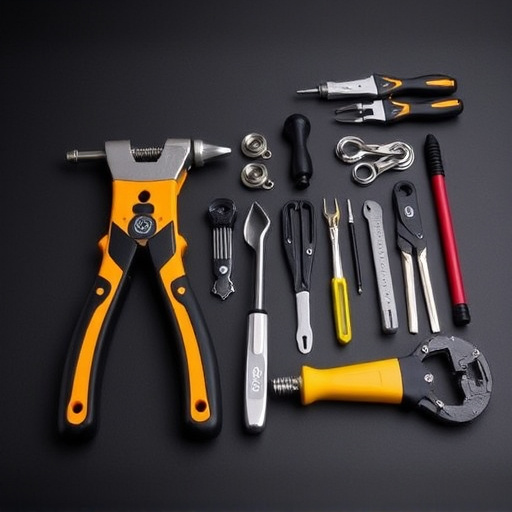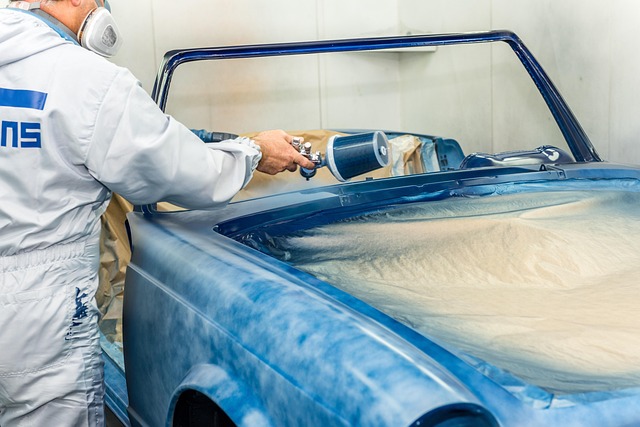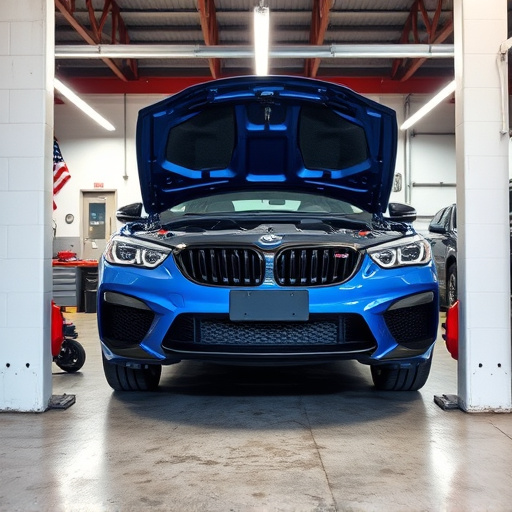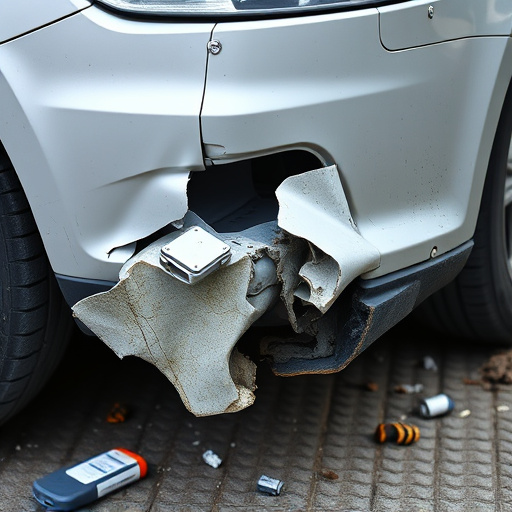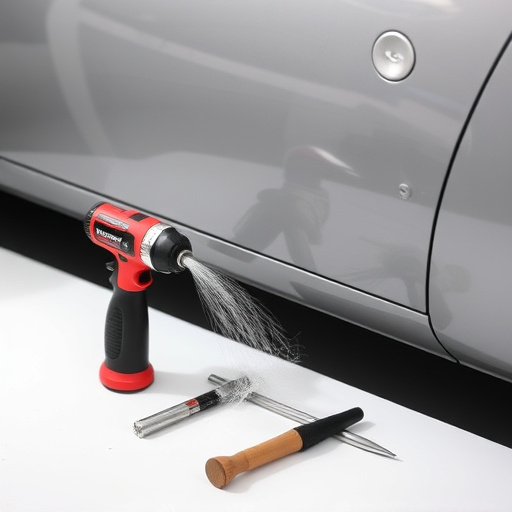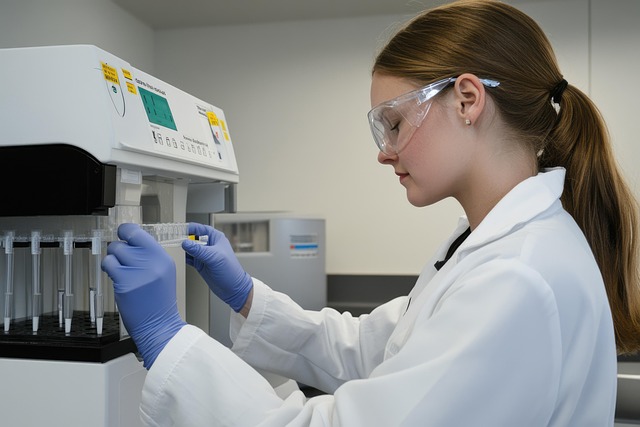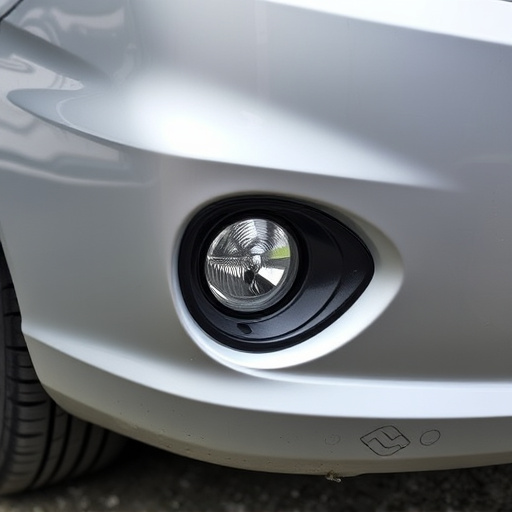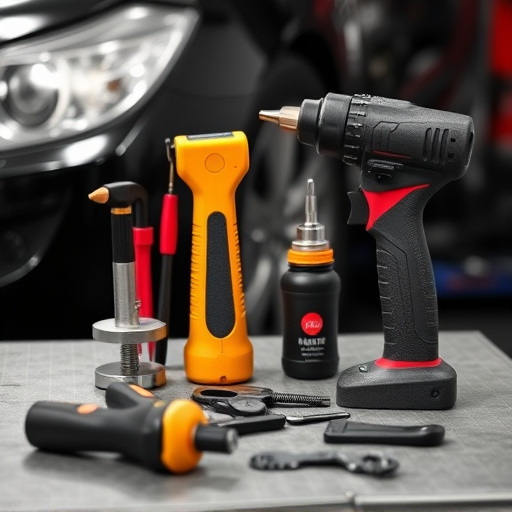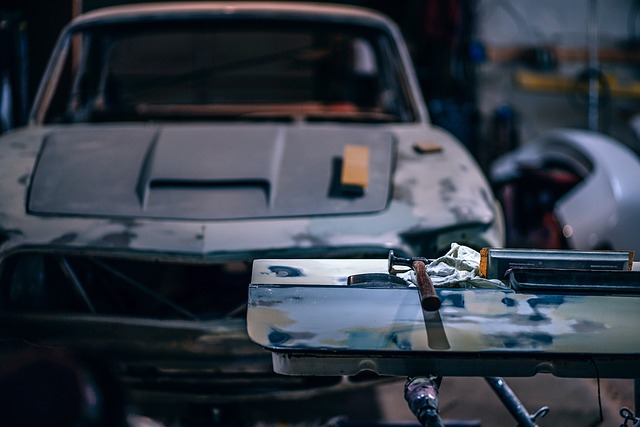By 2025, technology will transform auto insurance, with data-driven approaches and digital platforms replacing traditional models. However, the collision claim process remains crucial, evolving through automation and advanced analytics for faster, fairer resolutions. Artificial intelligence will streamline damage assessment, repair cost estimation, and settlements. While autonomous vehicles may reduce accidents, skilled professionals in auto body shops and painting services will still be needed. The collision claim process serves as a cornerstone of the evolving industry, with digital age innovations enhancing every step from initial reporting to post-repair inspections, facilitating communication, precise estimates, and quicker vehicle returns while maintaining human interaction and consistent procedures for fairness and reliability.
In 2025, the auto insurance landscape is a dynamic, tech-driven space, with innovative solutions reshaping how we manage risks. Despite advancements, the collision claim process remains a critical aspect of automotive insurance. This article explores the evolving nature of this process, highlighting the delicate balance between embracing technological progress and preserving human interaction for procedural consistency. We delve into the role of technology in streamlining claims, while emphasizing why human expertise and standardized procedures are indispensable.
- The Evolving Landscape of Auto Insurance in 2025
- Role of Technology and Digital Transformation in Collision Claims
- Why Human Interaction and Procedural Consistency Remain Vital
The Evolving Landscape of Auto Insurance in 2025

The auto insurance landscape in 2025 is set to be vastly different from what it was just a decade ago. With rapid technological advancements and shifting consumer expectations, traditional models are giving way to innovative, data-driven approaches. However, one aspect that remains steadfastly important is the collision claim process. Despite the rise of autonomous vehicles and digital insurance platforms, the need for efficient, fair, and swift resolution of collision-related damages persists.
In 2025, we can expect to see a more streamlined collision claim process, driven by automation and advanced analytics. Artificial intelligence will play a pivotal role in assessing damage, estimating repair costs, and even facilitating direct settlements between insured parties. While new technologies like autonomous driving may reduce the frequency of accidents, the need for skilled professionals in auto body shops and painting services to handle repairs and restoration remains crucial. As such, the collision claim process continues to be a cornerstone of the evolving auto insurance industry.
Role of Technology and Digital Transformation in Collision Claims
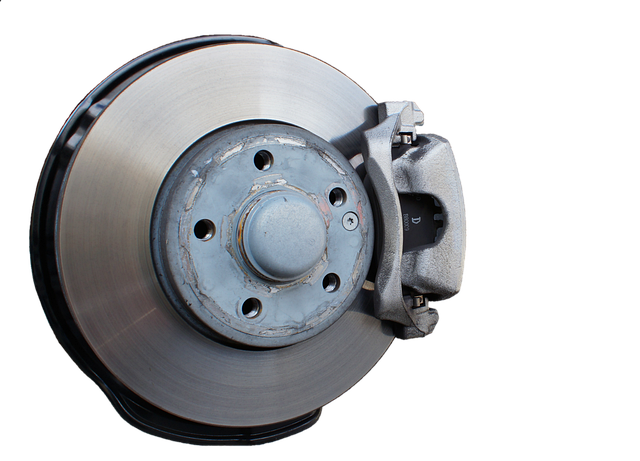
The digital age has brought about significant changes to various sectors, and the collision claim process is no exception. Technology plays a pivotal role in streamlining and enhancing this critical procedure. Advanced systems enable efficient data management, quick information retrieval, and accurate documentation, ensuring a smoother experience for all parties involved. From initial claims reporting to post-repair inspections, digital tools have revolutionized every step of the collision claim journey.
Online platforms facilitate real-time communication between insurance providers, auto repair shops (including automotive body shops), and policyholders, reducing response times and increasing transparency. This transformation has also led to more precise assessments and repairs. With access to global databases and advanced diagnostics, vehicle body shops can now provide faster, more reliable estimates and conduct complex repairs with enhanced accuracy. As a result, the collision claim process becomes more efficient, minimizing delays and ensuring a quicker return to the road for affected vehicles.
Why Human Interaction and Procedural Consistency Remain Vital

In the digital age, where many aspects of our lives have gone online and automated, the collision claim process still demands human interaction and procedural consistency for several compelling reasons. Despite advanced technologies that streamline documentation and communication, face-to-face interactions remain crucial in building trust between insurance providers, policyholders, and repair shops. This direct engagement facilitates better understanding of claims, ensuring that everyone involved is on the same page regarding repairs needed, such as meticulous auto body painting or complex car bodywork restoration.
Procedural consistency guarantees fairness and reliability within the collision claim process. Standardized procedures ensure that every step, from initial assessment to final settlement, is handled uniformly across different locations and repair facilities. This uniformity promotes confidence in the system, knowing that regardless of where a claim is filed or processed, the outcome will be consistent and just. For instance, clear guidelines for estimating costs for automotive repair and replacement parts are vital to prevent discrepancies and ensure policyholders receive fair compensation for their damaged vehicles.
Despite technological advancements, the collision claim process remains a critical aspect of auto insurance in 2025. While digital transformation streamlines many aspects, human interaction and procedural consistency ensure fairness and accuracy during what can be a stressful time for policyholders. Balancing these elements ensures that the collision claim process continues to serve as a reliable foundation for resolving disputes and maintaining trust between insurers and their customers.



